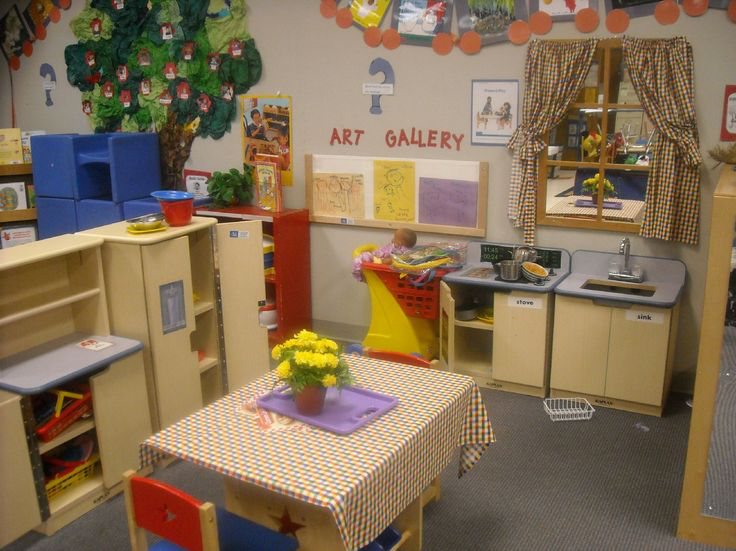
“It is the natural way in which we learn.” “Play is not divorced of learning,” said Kathy Hirsh-Pasek, an author, professor of psychology at Temple University, and senior fellow at the Brookings Institution, who has studied child development and the role of play in learning for years. Now, several states, including Washington, are rethinking the kindergarten curriculum and encouraging districts to revive time for block-building, coloring and imagining invisible force fields. An older, more extensive body of research suggests children should be playing both within lessons and between lessons, because that’s the best way for a 5-year-old to grasp difficult concepts, whether it’s working with a classmate or counting to 100.

Experts say children shouldn’t be sitting at desks, completing worksheets or listening to teachers talk for the majority of the time. While recent research shows kids can, for the most part, handle more rigorous content in early years, educators and experts are worried that schools have been getting it wrong.

In some districts, full-day kindergarten schedules are packed with back-to-back academic activities and lessons.īetween 19, the percentage of kindergarten classrooms with a dramatic play area dropped from nearly 90 percent to 58 percent. As kindergarten has become more widely available in the last several decades, it’s also become more academic. At last count, 14 states and the District of Columbia required districts to offer full-day kindergarten, up from 10 states in 2008.


 0 kommentar(er)
0 kommentar(er)
